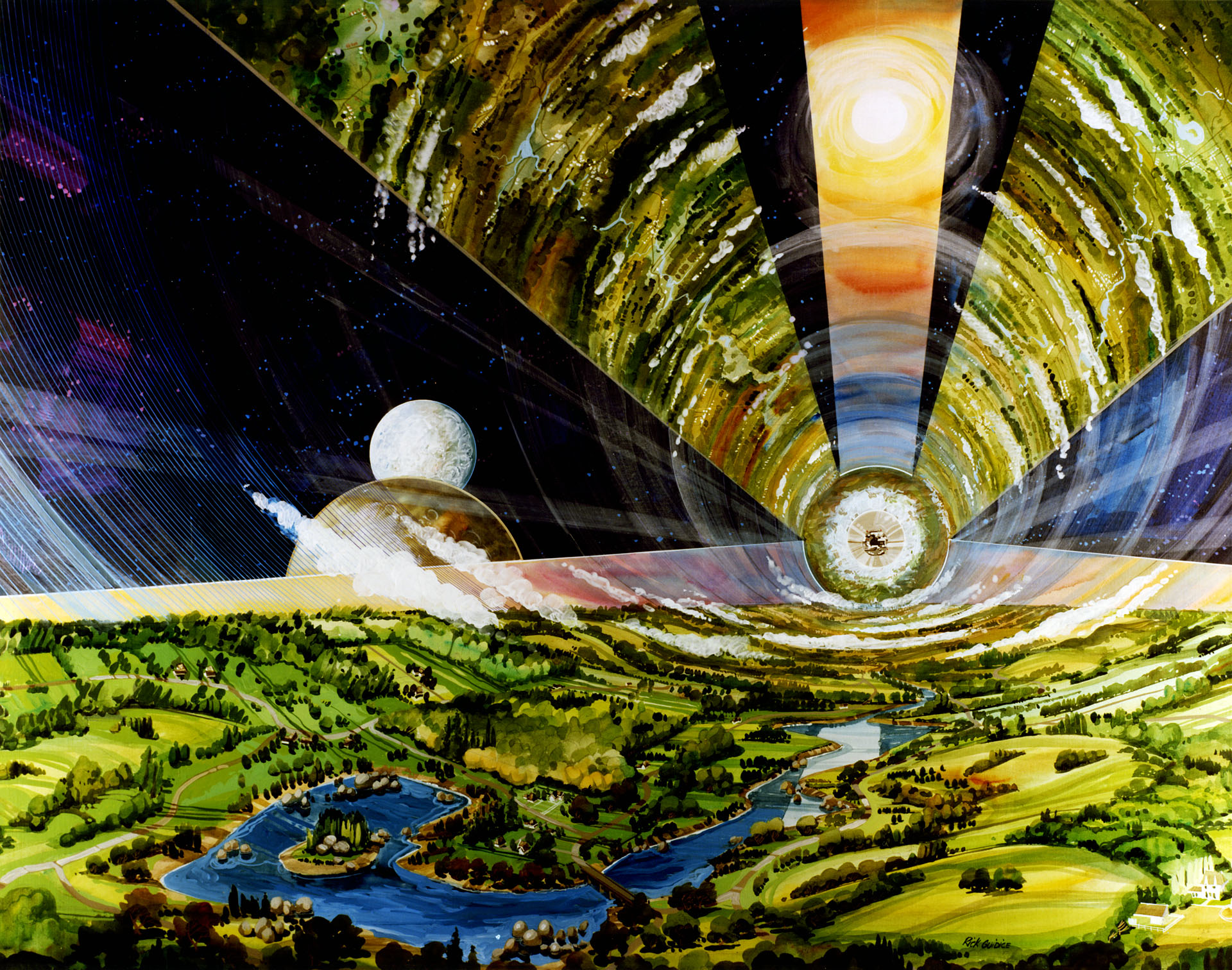After overcoming numerous distractions and unforeseen projects, I have finally committed myself to Sol: Beyond Earth. So, what is it all about? It encompasses my childhood fantasy, a dream I once had of witnessing the colonization of space.

During my middle school years, my passion for astronomy and astronautics grew immensely. This was a time before the impact of 9/11, the “war on terror,” and the rise of populist governments—a time when humanity hadn’t yet succumbed to despair and disillusionment. It was an era where people still held onto the dream of space colonization, reminiscent of the 1970s. The Mars probes and the construction of the International Space Station seemed to set the stage perfectly for space exploration.
Unfortunately, reality didn’t align with these optimistic aspirations. Despite new endeavors like the Artemis mission and the emergence of new players in the space race, such as the BRICS nations, I find it unlikely that I will witness the realization of this dream in my lifetime.
If the dream must remain confined to the realm of possibility rather than feasibility, I thought to myself, why not infuse these aspirations into a game? Of course, the concept is not novel, as RPGs like Paul Elliott’s Orbital 2100 have already explored similar themes, serving as my touchstone for “games set in near space.” However, Paul’s game proved to be too complex for my taste, and the lore he created didn’t entirely satisfy me.
What I truly desired was the fulfillment of Gerard O’Neill’s vision. To achieve that, a “retrofuturistic” and perhaps even alternate history approach was necessary. What if the space race of the 1960s had never truly ended? What if the Apollo program hadn’t been prematurely cancelled, and the required groundwork had been laid to make space exploration economically viable?
Thus, Sol: Beyond Earth begins with this premise. The year is 2090, and the inner solar system is undergoing extensive colonization. Commercial routes connect Earth’s orbit, the moon, Venus, and Mars. The asteroid belt serves as an infinite source for mining, and tentative incursions into the Outer Planets have begun.
That’s the basic setting I’m working with. I owe a debt of gratitude to various media that have accompanied me in recent years, such as Allen Steele’s Near Space and the anime Planetes. However, one particular old and now forgotten volume, which I managed to acquire twice through the second-hand market, holds a special place in inspiring me—Michael Freeman’s Space Traveller’s Handbook.
If this premise intrigues you, I invite you to stay tuned for future updates on this project!
Leave a Reply